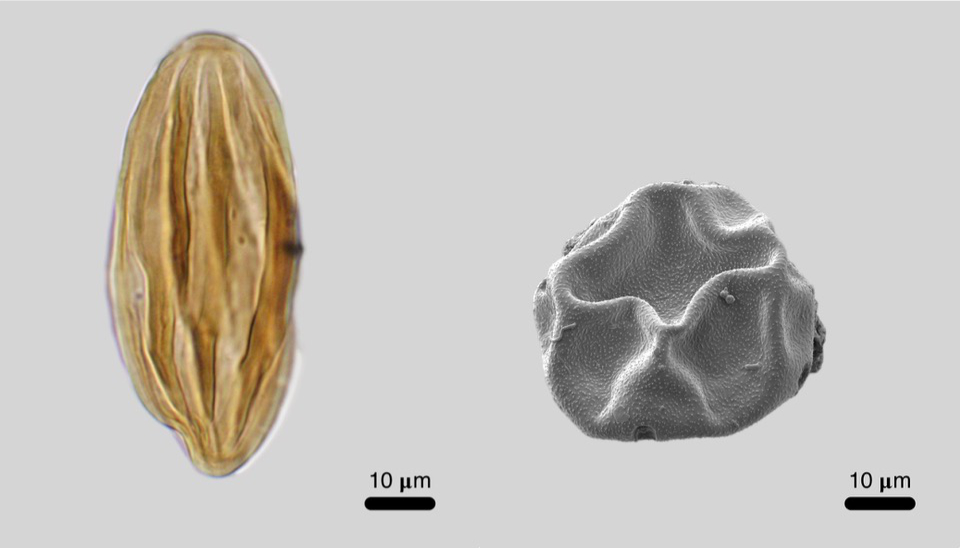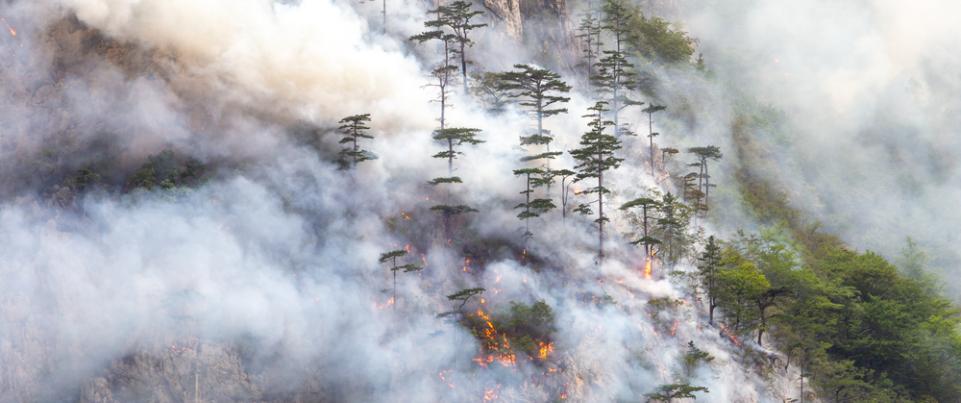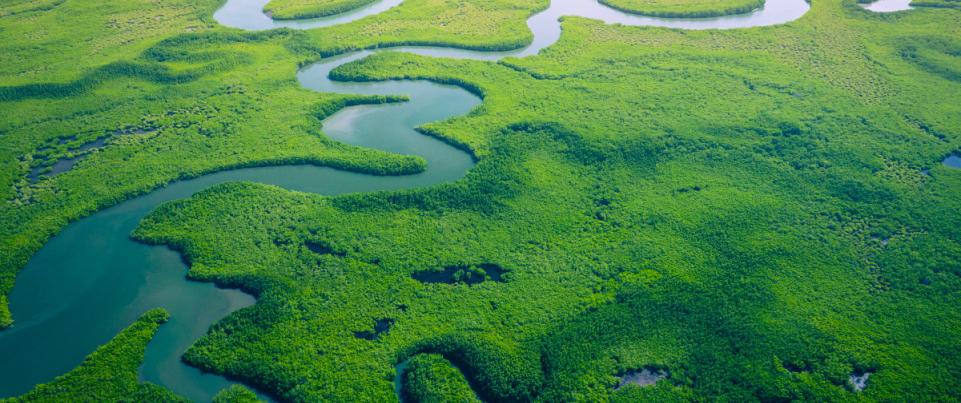ith the aim of gaining a better understanding of our future, an international collaboration involving researchers from the Centre de Recherche et d'Enseignement en Géosciences de l'Environnement (AMU/CNRS/IRD/INRAE/Collège de France) is exploring warm periods of the Earth's history. In their study, published on 29 January in the journal Nature Geoscience, they show that an increase in greenhouse gases in the atmosphere 56 million years ago led to an abrupt increase in precipitation and vegetation over Central Asia.
|
Key points to remember:
|
Central Asian steppes are particularly vulnerable
Today, vast treeless steppes characterise the landscape of Central Asia. The rare rainfall that reaches the Asian interior is mainly due to monsoon events in summer or to mid-latitude westerly winds in winter and spring. These grassland steppes are particularly sensitive to changes in temperature and precipitation, with significant consequences for their inhabitants such as the Saiga antelope or the endangered Przewalski's horse. One of the major uncertainties surrounding global climate change is how the precipitation in Central Asia will react to future changes in climate.
Extreme warming 56 million years ago
As part of an international research team that has been working in the region for over twenty years, Niels Meijer, from the Senckenberg Biodiversity and Climate Research Center, and Alexis Licht from CEREGE, recently focused on the early Paleogene warm period. They identified in sedimentary archives a previously known hyperthermal event of extreme warming dated to 56 million years ago. This discovery has led to a study conducted as part of the VeWA research consortium, which is exploring warm periods in the Earth's history.

Caption: Two studied fossil pollen grains: Left, Ephedra, typical bush of the Asian Steppe of the Paleogene period. Right, Juglandaceae, an ancestor of the walnut tree that strived during the greening event 56 million years ago in Asia.
Credit: Hanna van den Hil & Julia Gravendyck.
In order to reconstruct the precipitation patterns of that period, the researchers combined their expertise to develop an innovative multi-proxy approach in which they combined fossil pollen and spores, as well as geochemical data from fossil soils. Through the study of this hyperthermal event, they showed that precipitation temporarily doubled as a result of the higher temperatures and that the regional steppe was replaced by a forested landscape. They were also able to use geochemical data to show that the soils dried out in winter, meaning that, contrary to expectations, most of the precipitation fell during the summer period - which is comparable to the modern monsoon.
Scientists associate this hyperthermal event with the "Paleocene/Eocene temperature maximum", a phase of global warming associated with a considerable increase in greenhouse gases in the atmosphere and oceans. During this period, the global temperature rose by an average of six degrees Celsius in the space of a few thousand years. Their research shows that, in Asia, this event was accompanied by exceptionally wet conditions and an inland expansion of precipitation, which they have called a proto-monsoon.
Global warming: abrupt changes expected in Central Asia
They argue that the abrupt greening of the Central Asian steppe desert resulting from this early monsoonal climate has probably also enabled the spread of new mammal species and may also have had an impact on the global carbon cycle. This research shows an abrupt and non-linear response of the Asian monsoons to the extreme greenhouse conditions. Although the seas and mountains of Asia 56 million years ago were very different from those of today, these data highlight the possibility of abrupt changes in precipitation and ecosystems in Central Asia as part of future global warming. Current warming burdens with extreme temperature and increased drought Central Asian steppe and its fragile flora and fauna, which are already endangered by anthropogenic land use. Yet more dramatic, abrupt changes are expected if temperatures continue to increase.
Reference: Meijer, N., Licht, A., Woutersen, A. et al. Proto-monsoon rainfall and greening in Central Asia due to extreme early Eocene warmth. Nat. Geosci. (2024).
Caption of the header picture: Two studied fossil pollen grains: Left, Ephedra, typical bush of the Asian Steppe of the Paleogene period. Right, Juglandaceae, an ancestor of the walnut tree that strived during the greening event 56 million years ago in Asia.
Photo credit: Hanna van den Hil & Julia Gravendyck.
Article published on February 2, 2024.










